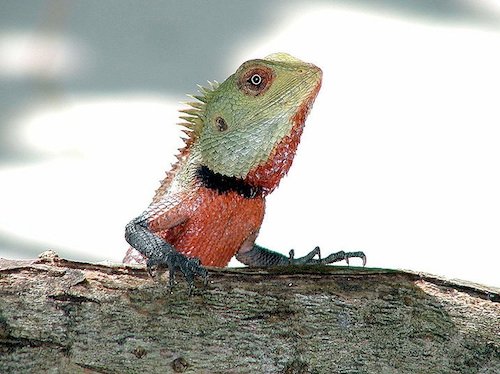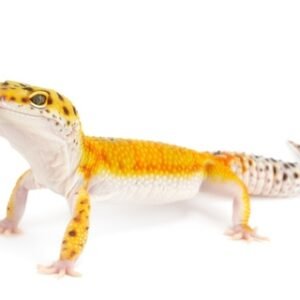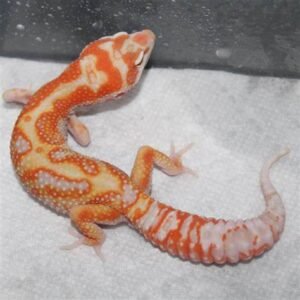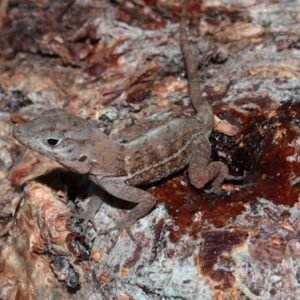Understanding Calotes Lizards: Species, Behavior, and Habitat
Calotes lizards, often referred to as garden lizards, belong to the family Agamidae and are known for their striking appearance and captivating behaviors. Various species within the genus Calotes exist, with some of the most commonly kept as pets being Calotes versicolor and Calotes ocellatus. These lizards are native to diverse environments across Asia, particularly in tropical and subtropical regions, showcasing an adaptability that makes them unique among reptiles.
One notable characteristic of Calotes lizards is their arboreal nature, as they often thrive in trees and bushes. Their vibrant coloration varies widely among species, serving as a means of communication and camouflage. The male Calotes lizards tend to have more vivid colors, particularly during the breeding season, which they use to attract mates and establish dominance. Their social dynamics are also fascinating; these lizards display territorial behaviors, often engaging in displays of aggression towards rivals while simultaneously utilizing visual cues to convey their intentions.
Activity levels among Calotes lizards can vary, with most being diurnal, meaning they are active during the day. This behavior is largely attributed to their need for warmth, as they rely on basking in sunlight to regulate their body temperature effectively. In their natural habitats, Calotes lizards primarily feed on insects and other small invertebrates, which provide the necessary nutrients for their growth and vitality. Understanding their diet in the wild is crucial when attempting to replicate their needs in captivity. An appropriate blend of live food, including crickets and mealworms, is imperative for maintaining their health in a domestic environment.
By gaining insights into the species, behaviors, and habitats of Calotes lizards, prospective owners can better appreciate what makes these reptiles such remarkable pets. A thorough understanding of their requirements can contribute to ensuring a healthier and more enriching lifestyle for these fascinating creatures.
Setting Up the Ideal Home for Your Calotes Lizard
Creating an appropriate habitat for your Calotes lizard is pivotal to ensuring its health and happiness. The key to a successful enclosure begins with selecting the right size terrarium. A minimum of 40 gallons is recommended for adult Calotes, allowing ample space for them to explore, climb, and exhibit natural behaviors. Vertical space is especially important, so taller enclosures are beneficial, as Calotes are skilled climbers.
Substrate plays a significant role in your lizard’s well-being. Suitable options include coconut fiber, reptile carpet, or specific soil mixes designed for reptiles. These substrates replicate natural conditions, promote burrowing behavior, and contribute to humidity regulation. It is crucial to avoid cedar or pine shavings, as they can be harmful to reptiles.
Temperature and humidity management is essential for a thriving Calotes lizard. The basking area should be maintained between 90°F and 100°F, while the cooler side should range from 75°F to 85°F. Using a heat lamp or ceramic heater will help achieve these temperatures. Additionally, maintaining humidity levels between 40% and 60% will prevent shedding issues and promote overall health. Regular misting and a shallow water dish can assist in managing humidity effectively.
Equipping the enclosure with essential accessories is also crucial. Adding branches, climbing structures, and hiding spots will create a more stimulating environment that mimics their natural habitat. Providing fresh food and water in shallow dishes ensures easy access. As for feeding, a balanced diet consisting of insects and leafy greens will keep your Calotes well-nourished.
Lastly, gentle handling and routine health checks promote a positive relationship between you and your lizard. Regular observation of your Calotes for visible signs of stress or health issues will support prompt interventions, ensuring a healthy, happy pet. Establishing the ideal living conditions is key to caring for your Calotes lizard responsibly.





